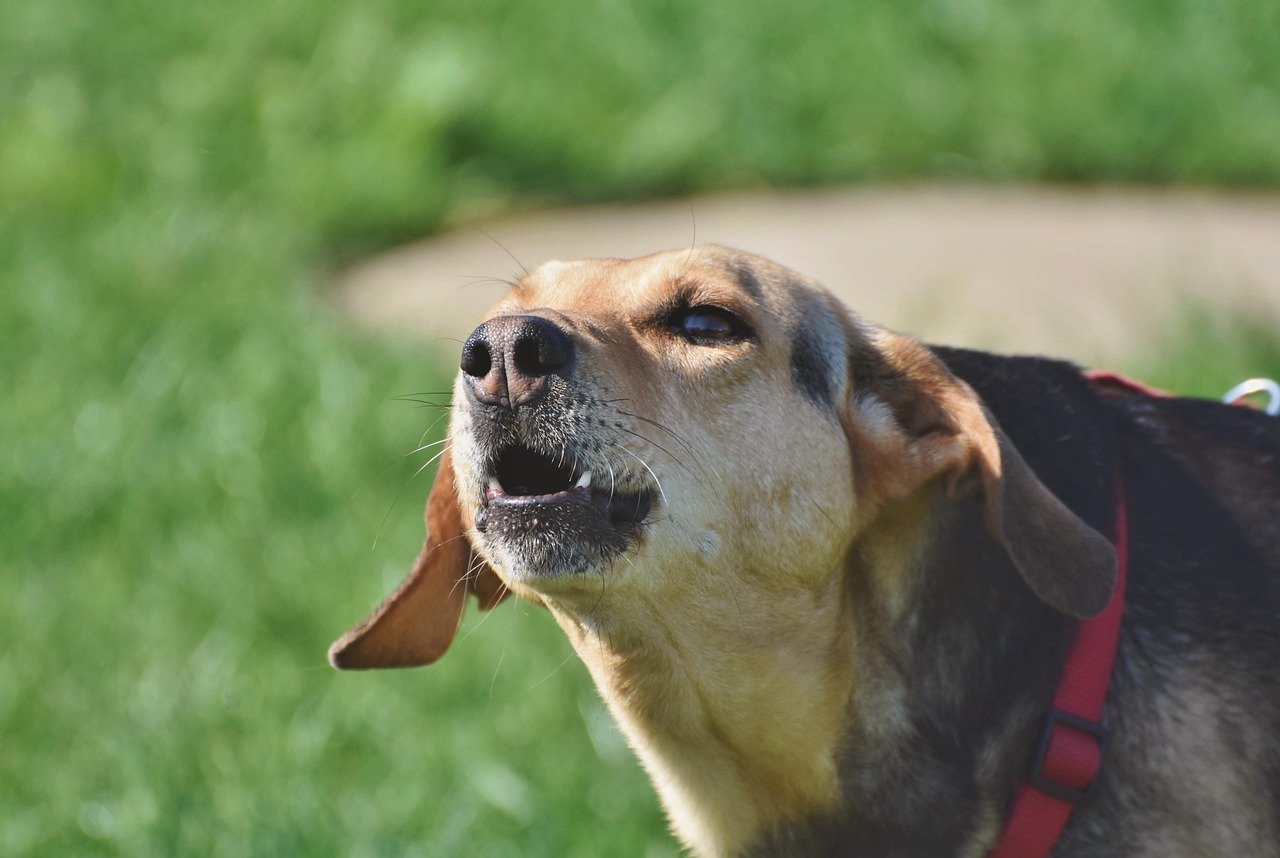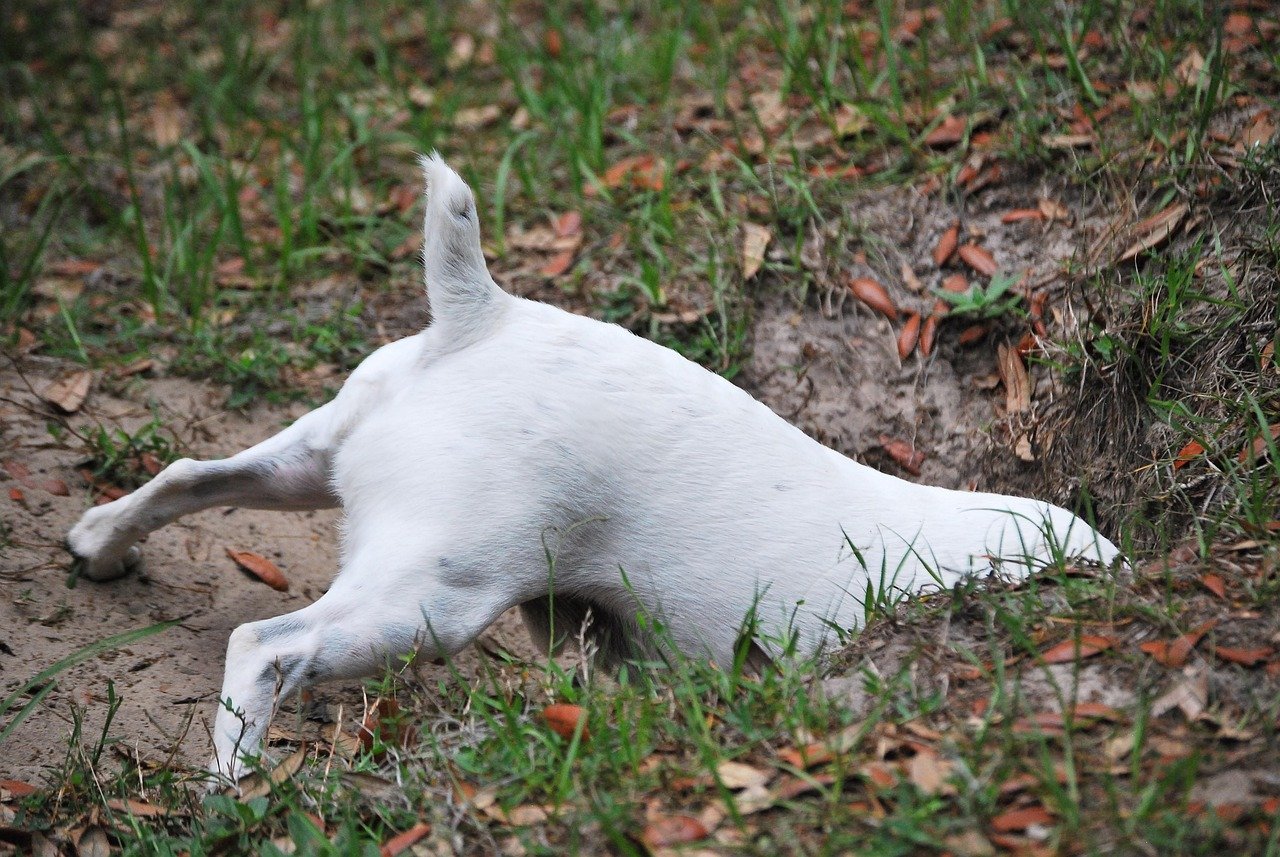Ever found yourself wondering why your dog acts the way they do? Maybe you’ve been embarrassed at the park when your pup sniffs a little too enthusiastically, or frustrated when they bark at the window. Here’s the truth: dogs are wonderfully themselves, and many of their quirks are totally natural—part of who they are. Understanding and accepting these behaviors isn’t just about letting dogs be dogs; it’s about deepening the bond you share and making their lives richer, safer, and happier. Let’s walk through ten natural dog behaviors that deserve celebration, not correction.
Sniffing Everything in Sight
A dog’s nose is their passport to the world. Sniffing isn’t just about curiosity—it’s how dogs gather essential information, from who walked by to changes in the environment. If your pup stops to sniff every lamppost or blade of grass, they’re doing what comes naturally and keeping their mind active.
Curbing this urge can make walks dull and even stressful for your dog. Instead, let them lead the way for a few minutes, allowing plenty of sniff breaks. You’ll see their tail wag more, and you’ll be supporting their mental health in a big way.
Barking to Communicate

Barking is a dog’s language. Whether it’s excitement, warning, or just saying hello, your dog uses their voice to express themselves. While excessive barking might signal a deeper issue, some barking is healthy and should be accepted as part of their communication toolkit.
If you notice sudden changes—like nonstop barking or silence—it may point to stress or illness. Most of the time, though, a bark is just their way of chatting with you or the world. Listen closely, and you’ll soon learn what your dog is trying to say.
Chewing and Gnawing
Chewing isn’t just for puppies. Adult dogs chew to relieve stress, exercise their jaws, and keep their teeth clean. Stopping this behavior can actually harm their dental health and leave them bored or anxious.
Instead, offer safe chew toys or treats and rotate them to keep things interesting. If your dog goes after shoes or furniture, it’s a cue to up their chew toy game, not a sign to punish them for acting on instinct.
Digging Holes

Digging is rooted in your dog’s DNA. Some dig to create cool spots to rest, hide treats, or just for fun. While it can be frustrating to find holes in your backyard, it’s important to remember that this is a deeply ingrained behavior, especially in breeds like terriers.
Designate a digging zone in your yard or fill a sandbox with toys and treats. This lets your dog follow their instincts without turning your garden into a moonscape. Prevention is about redirection, not suppression.
Circling and Pawing Before Lying Down
Ever catch your dog spinning in circles or pawing at their bed before settling in? This ritual is a leftover from their wild ancestors, who would flatten grass and check for dangers before sleeping. It’s comforting, familiar, and totally harmless.
Resist the urge to stop this bedtime dance. If your dog seems restless or struggles to settle, it could signal discomfort or a health issue. Otherwise, let them have their nightly routine—it’s their way of making the world feel safe.
Chasing Moving Objects
The urge to chase—whether it’s a ball, squirrel, or shadow—is hardwired in dogs. This prey drive is part of their survival instinct and can be a fantastic source of exercise and joy when channeled safely.
Always supervise chase play to prevent accidents, especially near roads or in crowded spaces. Games like fetch or hide-and-seek are perfect for satisfying this natural need, helping your dog burn energy and sharpen their mind.
Leaning, Nuzzling, and Seeking Contact
Physical closeness is a dog’s way of showing trust and affection. Leaning against you, nuzzling, or seeking out a cuddle are all signs of love and a need for connection. These moments strengthen your bond and help your dog feel secure.
Never push your dog away for wanting closeness. If their affection becomes overwhelming, gently redirect rather than scold. Remember, you’re their safe place, and every snuggle is a chance to reassure them they belong.

Linnea is a born and bred Swede but spends as much time as possible in Cape Town, South Africa. This is mainly due to Cape Town’s extraordinary scenery, wildlife, and atmosphere (in other words, because Cape Town is heaven on earth.) That being said, Sweden’s majestic forests forever hold a special place in her heart. Linnea spends as much time as she can close to the ocean collecting sea shells or in the park admiring puppies.





